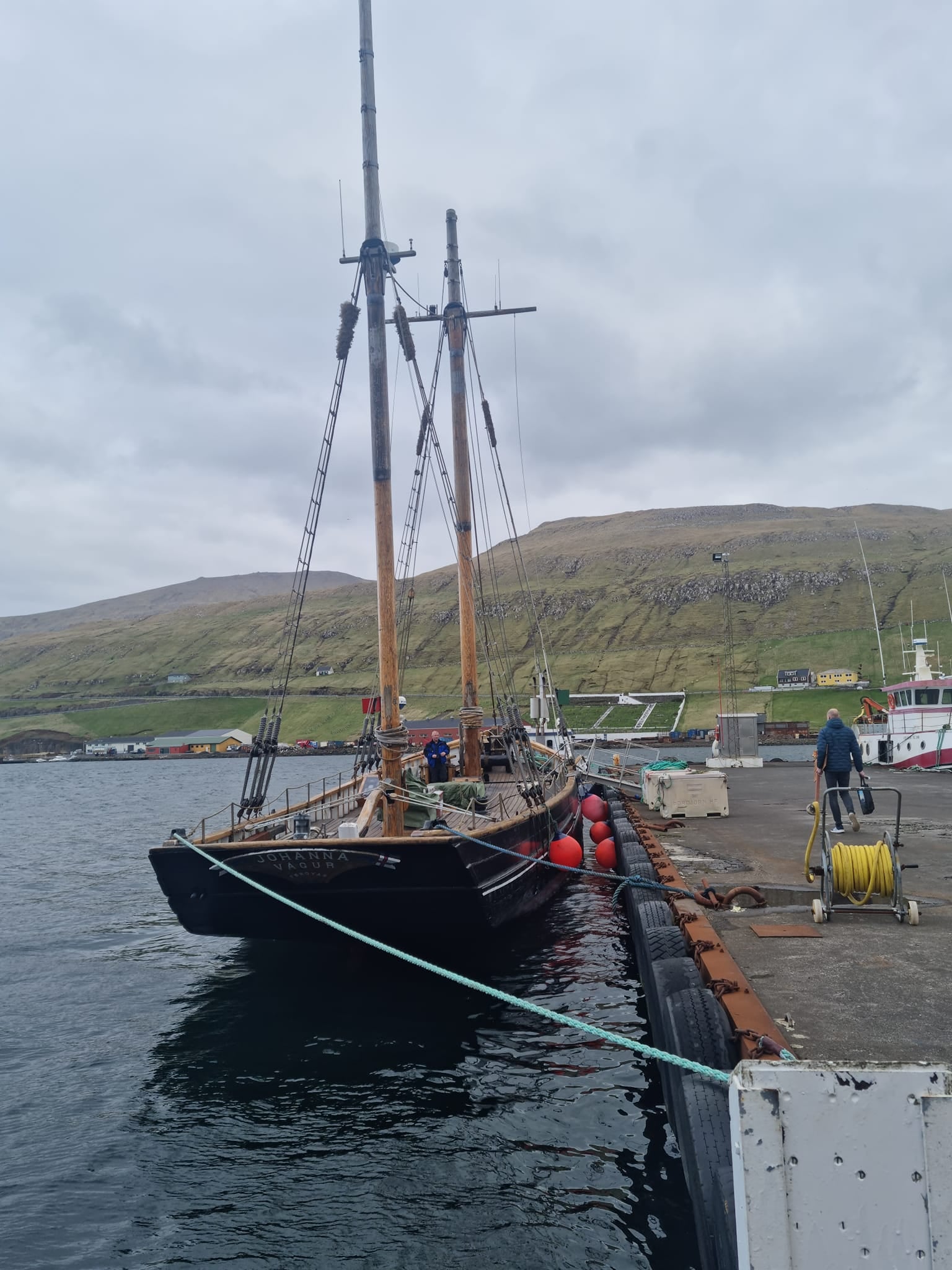
When “Closed for Maintenance” (CFM) scheme launched in 2019, the story made international headlines. For three days, several of the Faroe Islands’ most popular sites would close to tourists while much-needed repairs would be undertaken by a group of eager – but largely inexperienced – volunteers from across the globe.
My interest piqued, I applied for one of only 100 places on the scheme. Those chosen would help preserve the rugged beauty of this self-governing archipelago in the North Atlantic, perched between Iceland and Scotland. Unprepared for the deluge of interest from willing candidates, the website crashed as thousands simultaneously attempted to sign up.
Unsuccessful the first and second times, the third was indeed a charm and I was finally accepted for this years’ programme. It was time to discover first-hand whether CFM was merely a genius PR stunt, or whether parachuting 100 random individuals in from across the globe could actually be beneficial to the continued welfare of these remote isles. Crucially, could it help provide a vital template for sustainable tourism?

As the participants from 35 countries arrive at Vágar airport, ranging in age from 19 to 72, we’re given a Faroese woollen beanie and split into groups according to hat colour. (I’m immediately grateful to be assigned to the grey team, as yellow does my complexion no favours.)
This year, an ambitious 11 projects are scheduled for improvement on seven of the 18 islands. The 14 members comprising team grey are assigned to Suðuroy, the southernmost island of the Faroes. We’ll be working across three locations, creating two short paths connecting to a bridge in Vágur; mending a sitting area around a Vágseiði viewpoint; and laying a path to the beach in Tjaldavik.
Our adventure begins with a two-hour ferry journey, giving us the chance to get acquainted. Rather ominously, there’s no charge for a ticket to Suðuroy – you only pay to leave. Team grey comprises of an eclectic mix of backgrounds and nationalities from Serbia, Denmark, Finland, Sweden and the Netherlands, with a few Brits and Americans completing the group. Our collective portfolio of professions includes architects, farm manager, gilder, book translator and IT consultant.
If you’re looking for a bona fide Faroese experience, it doesn’t come any more authentic than sleeping on a 200-year-old smack
Brimming with anticipation for what lies ahead, Magnus, project leader and local tourism representative, meets us off the ferry. He runs through the itinerary, a balanced mix of intense labour and quality time to experience the nature, culture, cuisine and hospitality which the Faroes are renowned for.
First though, Magnus introduces us to Johanna Vagur – not the town matriarch, as I’d first assumed, but the name of the 18th-century boat on which we’re going to be living for the duration.
If you’re looking for a bona fide Faroese experience, it doesn’t come any more authentic than sleeping on a 200-year-old smack (traditional fishing boat). Johanna has a rich history interlocked with generations of local fishermen, who would set sail on her in the wee hours, scouring for the catch of the day to feed the village.

Given that the fishing industry provides the greatest source of income in the Faroes, staying on board an ancient boat pivotal to its history only enhances this once-in-a-lifetime escapade. I quash any reservations about sleeping in a hatch with 13 strangers and embrace the opportunity to immerse myself wholeheartedly into becoming a salty seadog – albeit one that’s moored.
The camaraderie is instant, and we fall into an instinctive, symbiotic groove
As we set to work early the next morning, the heavens open. The panoramic views of the spectacular landscape may be obscured by mist and lashing rain, but the elements aren’t going to deter us from our mission. Unperturbed, we plough on, spending the next two days digging, raking, shovelling, mesh-laying, rock-lugging, hoeing, turf-relocating and a bit more raking.
It’s potentially back-breaking work but the camaraderie is instant, and we fall into an instinctive, symbiotic groove, swapping roles when a teammate looks like they need respite from their task. Concurrently, it’s lambing season, and the sight of the adorable offspring leaping around further injects an element of optimism and regeneration.

Focused and united, the results come faster than predicted and we finish our projects ahead of schedule. Buoyed by team spirit and the results of our hard toil, we admire the attractive border now enclosing the seating area at Vágseiði, with its dramatic views of the Atlantic.
At Tjaldavik, we sprint along the path, jumping into the fresh water for a celebratory swim; and at Vágur, a neighbouring farmer is first to cross the bridge. It is genuinely moving to see his unbridled joy – bearing witness to how these simple but necessary paths will transform the locals’ everyday life is enough to dissipate our resulting aches and pains.
The entire endeavour has surpassed all of our expectations; at the risk of sounding twee, it really is gratifying to give something back to tourism and to our host country. For those looking for a holiday with a difference, Closed for Maintenance could just be the ticket – though you’ll have some stiff competition when it comes to snagging a place...
Travel essentials
Next year’s Closed for Maintenance takes place from 20 to 22 April 2023. Registration opens in September and 100 people will be randomly selected and given a short deadline to confirm their place. Flights are subsidised and board and lodgings are provided.
Getting there
Trying to fly less?
Catch a Eurostar train from London to Rotterdam. From there, a Flixbus service runs to Aalborg, where travellers can connect to the train to Hirtshals. A regular ferry service operated by the Faroese Smyril Line runs from Hirtshals in Denmark to Tórshavn in the Faroe Islands.
Fine with flying?
Travel to the Faroe Islands from the UK via Edinburgh or Copenhagen with Atlantic Airways.







